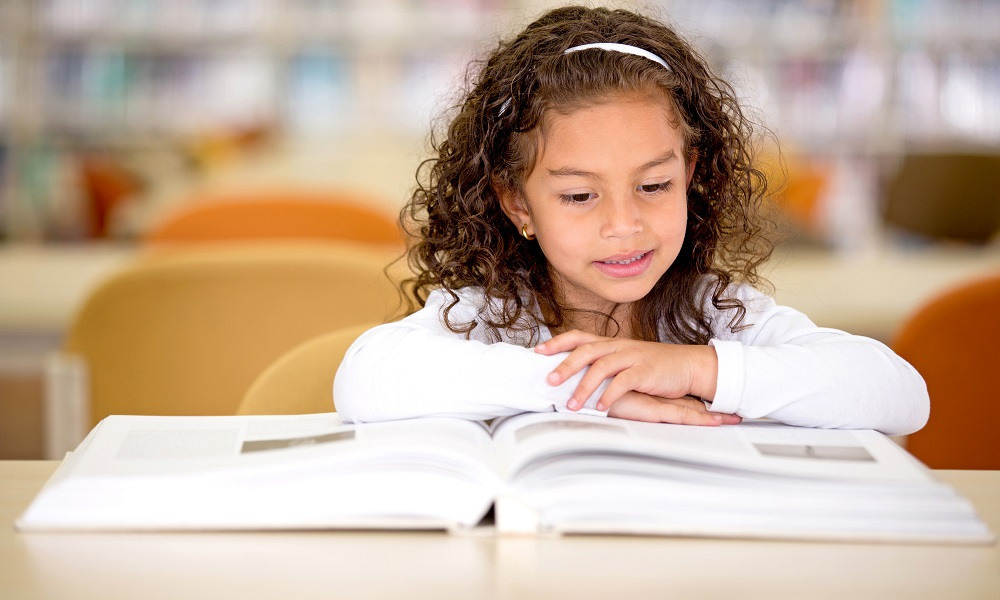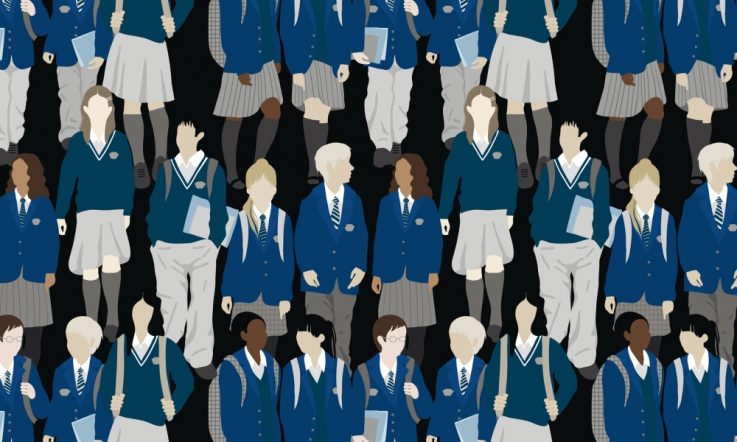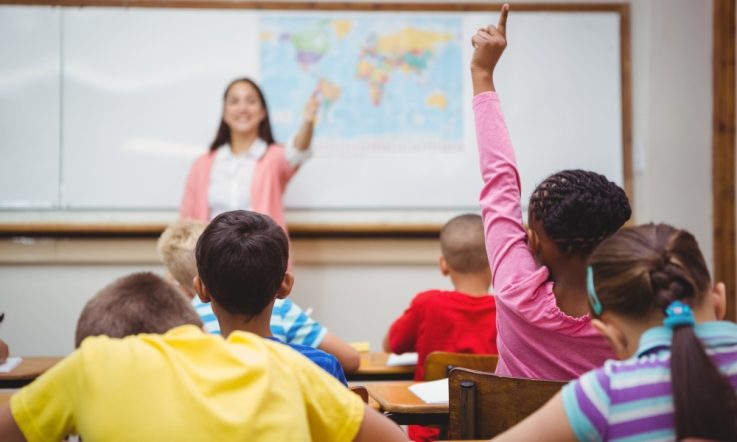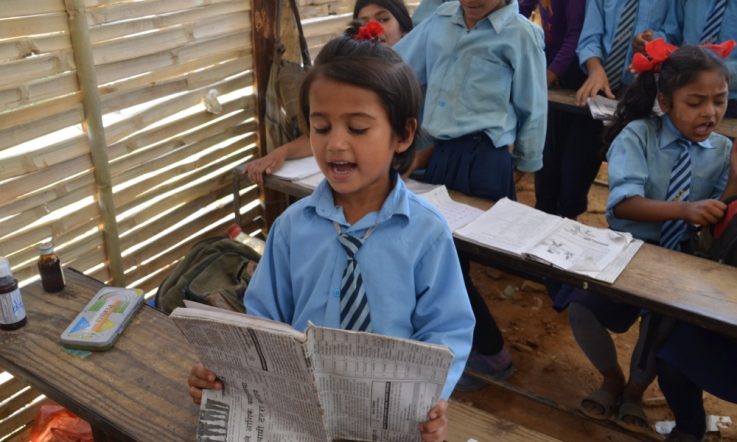The literacy achievement of Australian Year 4 students is improving, but significant achievement gaps exist by gender, Indigenous status, socioeconomic background and school location.
The latest Progress in International Reading Literacy Study (PIRLS) results, released today by the Australian Council for Educational Research (ACER), show 81 per cent of Australian Year 4 students are achieving at or above the Intermediate benchmark (the proficient standard for Australia), compared to 76 per cent in 2011, with more students achieving at the High or Advanced benchmark.
However, on average, students attending schools in metropolitan areas scored 13 points higher than students attending schools in provincial areas, and 21 points higher than students attending schools in remote areas. Furthermore, 18 per cent of students in metropolitan schools, compared with 22 per cent of students in provincial schools and 30 per cent of those in remote schools, did not achieve the Intermediate benchmark. Despite this, there were no significant differences in the proportions of students reaching the Advanced benchmark according to school geographic location.
PIRLS is a project of the International Association for the Evaluation of Educational Achievement (IEA) and is directed by the PIRLS International Study Center at Boston College. ACER manages the implementation and reporting of PIRLS within Australia.
The study has measured trends in Year 4 students' reading literacy achievement every five years since 2001. The 2016 cycle was the second time Australia has participated. There were 61 participants in PIRLS 2016 – 50 countries and 11 benchmarking entities. In total, over 580 000 students participated worldwide.
ACER's PIRLS 2016: Reporting Australia's results describes the reading literacy achievement of a nationally representative sample of 6341 Year 4 students in the international context, by Australian state and territory, and by demographic background.
Results at a glance
Number of countries/economies that performed significantly higher than Australia: 13
Number of countries/economies that performed at a similar level to Australia: 12
Number of countries/economies that performed significantly lower than Australia: 24
Results by gender
Of the 50 countries participating in this cycle of PIRLS, 48, including Australia, recorded significant differences in reading achievement favouring girls. The difference in Australia was 22 points, while Saudi Arabia recorded the largest difference favouring girls (65 points). Only two countries, Macao and Portugal, had no significant sex difference in reading achievement.
In Australia, the gender gap in reading performance in Year 4 students has remained the same between 2011 and 2016, with both girls and boys improving at about the same rate over the two cycles. In this cycle, Year 4 boys in Australia had two times the odds of being a poor reader than Year 4 girls.
Other results
The number of books in the home is used as a proxy in this study for student-level socioeconomic status. On average, students who reported having many books (more than 200) in the home scored 22 points higher than students with an average number of books (26-200 books) in the home, and 80 points higher than those with a few books (less than 26 books) in the home.
Australian Indigenous students attained an average score of 483, which is 67 points lower than the average score for non-Indigenous students of 550. The results show 57 per cent of Australian Indigenous students reached the Intermediate international benchmark, compared to 83 per cent of non-Indigenous students.
In Australia, 15 per cent of students indicated they spoke a language other than English at home ‘always' or ‘almost always'. These students scored 15 points lower on average than students who did speak English at home.
Undertaking a questionnaire
In addition to completing the assessment, students completed a questionnaire to provide information on home contexts, and on their characteristics and attitudes towards learning and reading.
Teachers were also involved and asked about their preparation and experience, pedagogical practices, use of technology, assessment, assignment of homework, school and classroom climate, and their own attitudes towards reading.
A school questionnaire, answered by the principal (or the principal's delegate), sought descriptive information about school characteristics, instructional time, resources and technology, school climate for learning, students' school readiness, and principal preparation and experience.
Here are some of the findings:
Student needs
- In Australia, around 6 per cent of students attended a primary school where more than 75 per cent of students entered school with literacy skills, compared to 96 per cent of students in Ireland. The international average was 22 per cent.
- There is a clear relationship between the reading achievement of Australian students and teachers' reports that their teaching was limited by student-related factors, such as nutrition, sleep and absences, with fewer limitations associated with higher reading achievement.
- On average, 35 per cent of Australian Year 4 students attended schools in which instruction was ‘somewhat affected' by resource shortages and a further 2 per cent attended schools that were ‘affected a lot', compared to the international averages of 62 per cent and 6 per cent, respectively.
Teacher/student enjoyment
- Both in Australia and internationally, 43 per cent of students reported that they ‘very much like reading', 41 per cent ‘somewhat like reading' and 16 per cent ‘do not like reading', with higher levels of enjoyment generally associated with higher levels of achievement.
- Most Australian Year 4 students were taught by teachers who were ‘very satisfied' (58 per cent) or ‘satisfied' (39 per cent) with their profession, which was similar to the international averages (57 per cent and 37 per cent, respectively).
Teacher/principal qualifications
- The proportion of Australian Year 4 students who had a teacher with postgraduate qualifications, such as a master's degree or a doctorate, was less than half that of the international average (12 per cent versus 26 per cent).
- Over 80 per cent of Year 4 students were being taught by a teacher with a bachelor's degree or equivalent, with a further 12 per cent of students being taught by a teacher with a postgraduate degree.
- 41 per cent of Australian students attended schools in which principals had completed a postgraduate university degree, which was lower than the international average (48 per cent) and substantially lower than the average for the 10 highest-scoring countries (70 per cent).
- The relationship between the amount of time teachers reported spending in professional development and Australian student performance on the PIRLS assessments ran counter to what may have been expected. It showed students whose teachers had spent 16 or more hours in professional development scored lower (544 points) on average than students whose teachers had spent less than six hours on professional development (556 points).
What does this mean for educators?
This study shows that students who attended schools where less than 25 per cent of their peers have literacy skills when they start school achieved significantly lower, on average, than students who attend schools where greater proportions of their peers begin formal schooling equipped with literacy skills.
Releasing the report, PIRLS 2016: Reporting Australia's results, ACER Deputy CEO (Research) Dr Sue Thomson said something needs to be done to close the gap between these students.
‘Schooling and learning is not a race, but if it were, for those students who have no or low literacy skills when they start school, it would be like starting 50 metres behind those with literacy skills and trying to make up that gap. In literacy learning, we know from other studies that the gap doesn't close. Students who are behind at the start will remain behind, unless we do something.
‘In order to close that gap we need to provide schools with the resources to facilitate the language development and growth of students who start school with few literacy skills. This is critical in ensuring that they develop their skills and, essentially, catch up,' Thomson added.
The PIRLS 2016: Reporting Australia’s results report is available from the Australian PIRLS website.



